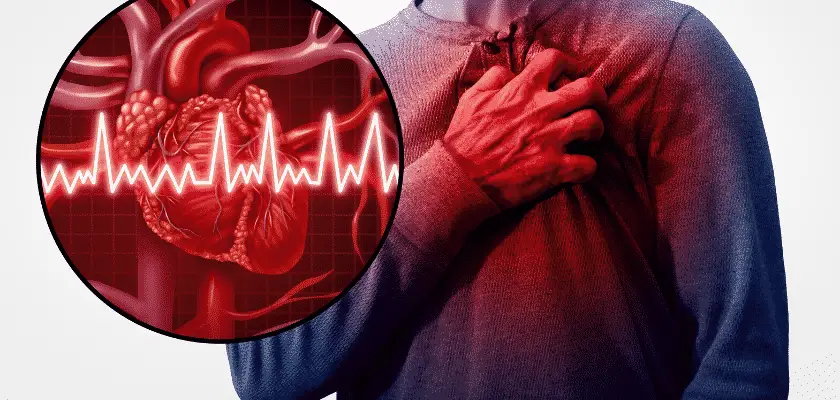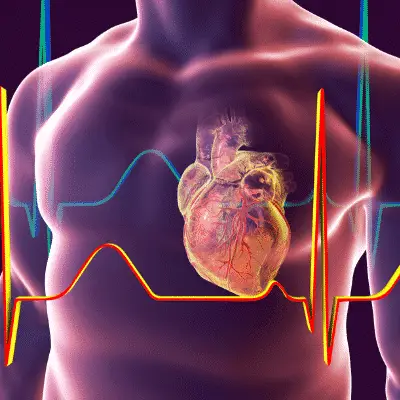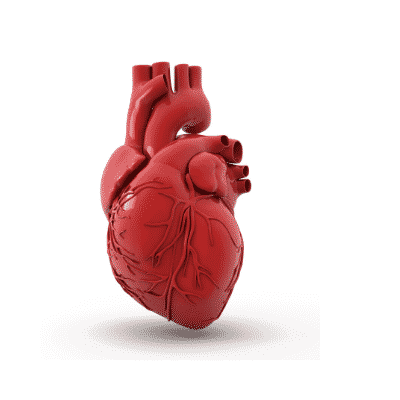Heart disease treatment has made great strides in the past 50 years. Not only has there been an increase in information about risks, symptoms, and causes. In this article, I will discuss the different types of heart stents used in cardiac blockages.
There has also been an increase in the number of treatment options available for various types of heart disease. This article will discuss coronary artery stent placement indications.
Coronary Artery Stent Placement
One treatment we now have for many coronary heart disease patients is the stent. Questions remain about the stent, though.
1. Are stents effective in heart disease?
2. Are stents effective in heart disease long term?
3. Are stents more effective in heart disease than other treatments?
What is a Stent?
A stent is a tiny tube made of wire metal mesh. This tube is inserted into a partially blocked artery to prop it open and allow blood to flow more freely.
How is a Stent Inserted?
Invasive surgery is not needed to insert a stent for heart disease. A stent is usually placed during angioplasty. In angioplasty, a small balloon at the tip of a catheter is inserted into an artery (usually in the groin) and inflated to force open a blocked area inside the artery.
If the physician believes the balloon is insufficient, and a stent is needed, the stent is collapsed to a small diameter and put over the balloon catheter.
The doctor then moves the stent and balloon up the artery to the blocked section. The balloon is inflated, and as it inflates, it makes the stent expand.
The expanded stent is locked in place and forms a supportive framework that holds the artery open. The balloon and catheter are removed.
How Long Does a Stent Stay in Place?
A stent is permanent. It is intended to remain in the artery, holding it open. The expectation is that it will improve blood flow to the heart and relieve heart disease symptoms for years.
There are many questions concerning stents. Are stents effective? Do stents cause potential problems?
Effectiveness of Stents
Heart disease and stents are controversial. Within a few weeks of the time a stent is inserted, the artery’s inner lining begins to grow over the metal surface of the tiny tube.
Over time, this growth may block the artery again. Additional plaque may also build. When this happens, the artery closes at the same place, and heart disease symptoms return. The most notable symptom is probably chest pain.
Different Types of Stents
Dual Therapy Stent
Dual Therapy Stent (DTS) is the latest type of coronary stent. It is a first-of-its-kind stent therapy designed to not only reduce the likelihood of the re-narrowing of the artery or of having to undergo a repeat procedure but also help the healing process of the artery.
This stent has a coating inside and out that helps prevent blood clots from forming.
The stent surface facing the artery wall contains a drug that is released to help stop the artery-blocking again without the worry of swelling or an inflammatory response.
The drug is delivered from a bioresorbable polymer that will degrade over time.
Bioresorbable Vascular Scaffold
The Bioresorbable Vascular Scaffold is a drug-eluting stent on a dissolvable type of scaffold platform which can be absorbed by the body over time.
Like some of the currently available drug-eluting stents (DES), BVS is coated with a drug released from a polymer that disappears over time to reduce the likelihood of the artery re-narrowing (restenosis).
The scaffold itself is absorbed over time. Unlike with the dual therapy stent, there is no active element to promote artery healing.
Bio-Engineered Stent
Bio-engineered Stent is also known as an antibody-coated stent. This type of stent differs from a drug-eluting stent because it does not contain a polymer and does not use a drug. As a result, it helps to speed up the cell lining of the artery (endothelialization), promoting natural healing.
Drug-Eluting Stents
Drug-Eluting Stents (DES) are coated with medication that is released (eluted) to help prevent the growth of scar tissue in the artery lining. This helps the artery remain smooth and open, ensuring good blood flow and reduces the chances of the artery re-narrowing or restenosis. However, it also leads to a higher chance of blood clots (stent thrombosis).
Bare Metal Stent
Bare metal stents are usually stainless steel and have no special coating. They act as scaffolding to prop open blood vessels after they are widened with angioplasty
Who Inserts the Stent?
The provider who inserts the stent is an interventional cardiologist. An interventional cardiologist is the one who performs angiography, the most prevalent test to see if an artery is blocked.
This procedure requires the patient’s written permission, prior to angiography, to insert a stent immediately if a blockage is found. In other words, the interventional cardiologist will be the decision-maker.
Now we are seeing that cardiologists are not just relying on the stent if a blockage is found. Many providers are now using medications for blockages. The different types of stents are used for different purposes.
My name is Phyllis Robinson MSN, RN. I have been a Registered Nurse for 27 years in the Cardiac Intensive Care Unit. I am passionate about cardiac care and heart disease. I also want this blog to be an educational tool that people can refer to for traditional and alternative treatment. I will blog on heart disorders such as high blood pressure, congestive heart failure, cardiomyopathy, and high cholesterol.
I received my Nursing degree from Baltimore Community College.
I went on to receive my Masters in Nursing from Walden University
I have worked for almost 30 years in Critical Care with a focus on heart health. I am an advocate of preventive healthcare.



